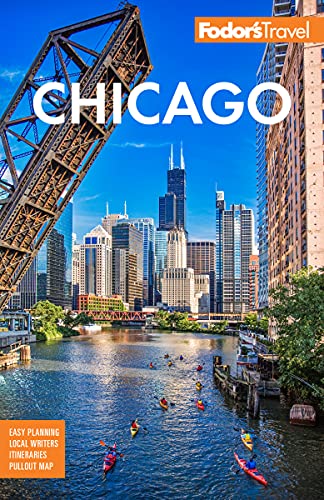Hyde Park is something of a trek from downtown Chicago, but it's worth the extra effort. Rich in academic and cultural life, it is also considered to be one of the country's most successfully integrated neighborhoods—a fact reflected in everything from the people you'll meet on the street to the diverse cuisine served in local eateries.
Best known as the home of the University of Chicago, Hyde Park began to see significant growth only in the late 19th century, with the university opening in 1892 and the World's Columbian Exposition drawing an international influx a year later. The exposition spawned numerous Classical Revival buildings (including the behemoth Museum of Science and Industry) as well as the Midway Plaisance, which still runs along the southern edge of the University of Chicago's original campus. Sprawling residences were soon erected for school faculty in neighboring Kenwood, and the area began to attract well-to-do types who commissioned famous architects to build them spectacular homes.
Among the architecturally riveting buildings here are two by Frank Lloyd Wright, the Robie House and Heller House, as different as night and day. A thriving theater scene plus several art and history museums further add to the ambience. Most impressive, though, is the diverse population, with a strong sense of community pride and a fondness for the neighborhood's pretty tree-lined streets, proximity to the lake, and slightly off-the-beaten-path vibe.






